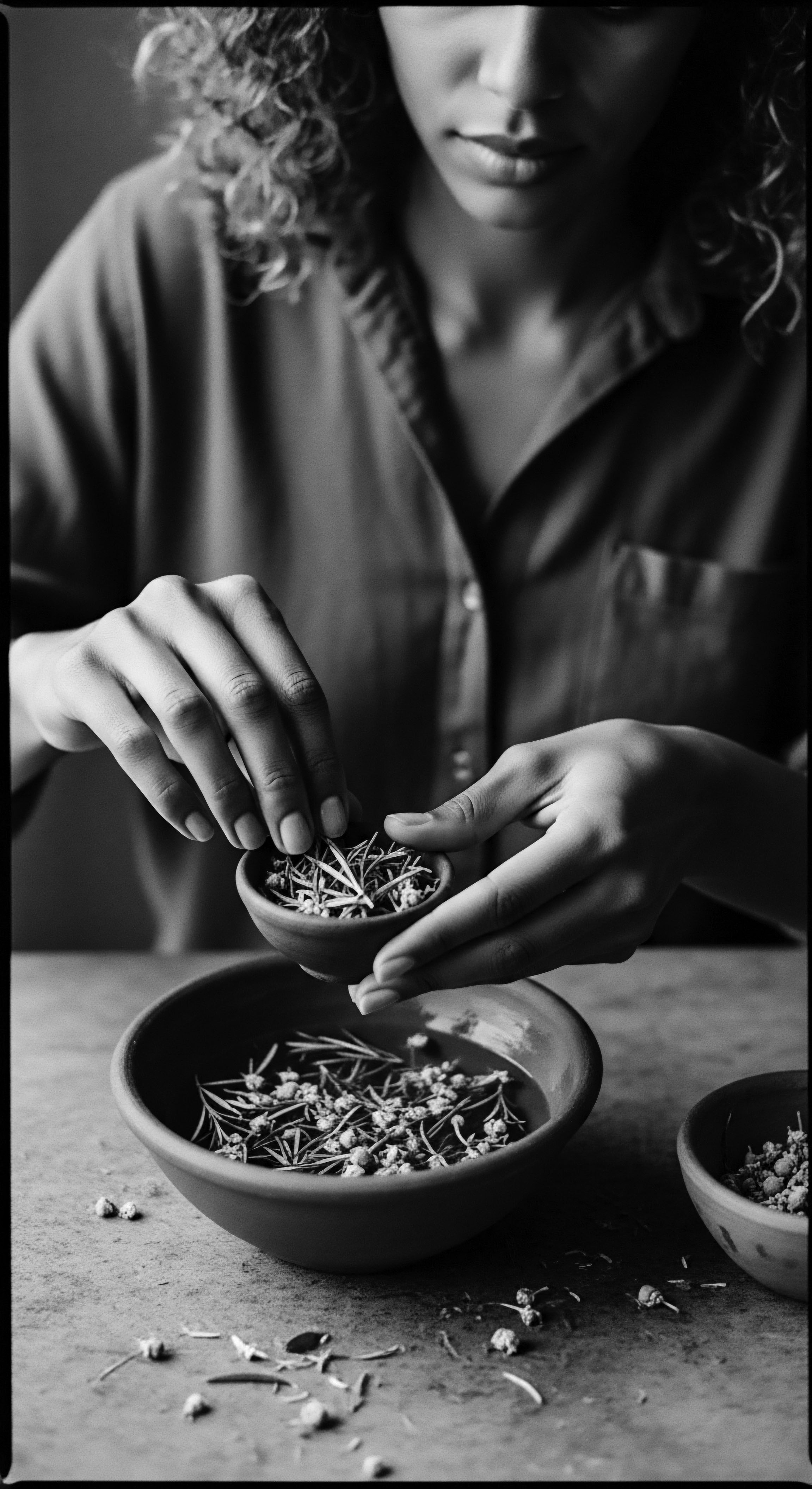
What is the historical connection between textured hair and Earth’s bounty?
Textured hair's heritage is interwoven with Earth's bounty, as ancestral practices consistently drew from natural elements for care and identity.

What is the scientific basis for hair bonnets in heritage care?
Hair bonnets reduce friction and maintain moisture, scientifically preserving textured hair’s health, a practice deeply rooted in ancestral care.
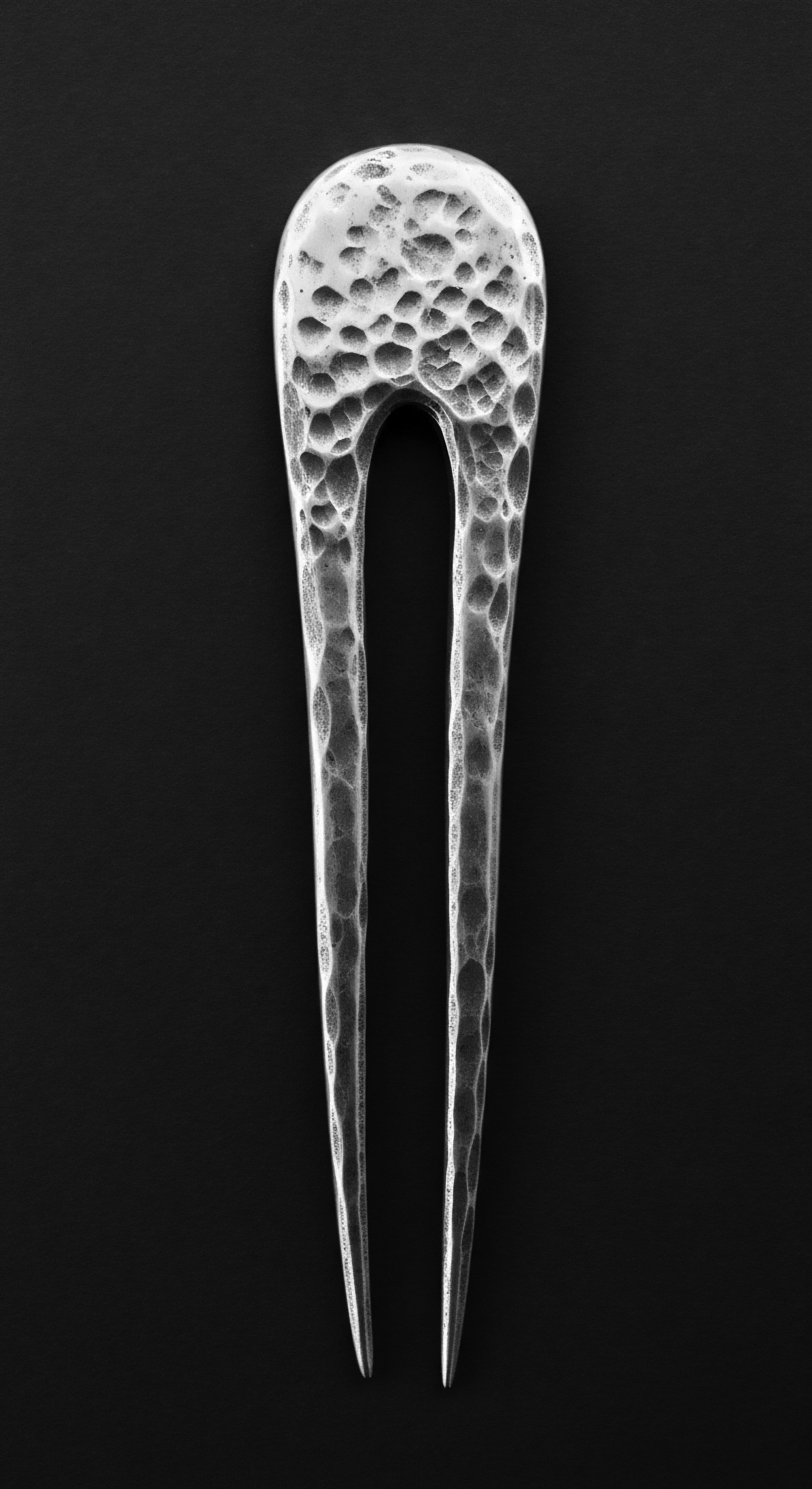
Which traditional oils soothe dry textured scalps?
Traditional oils like shea butter, coconut, and castor oil, steeped in rich heritage, deeply hydrate dry textured scalps.
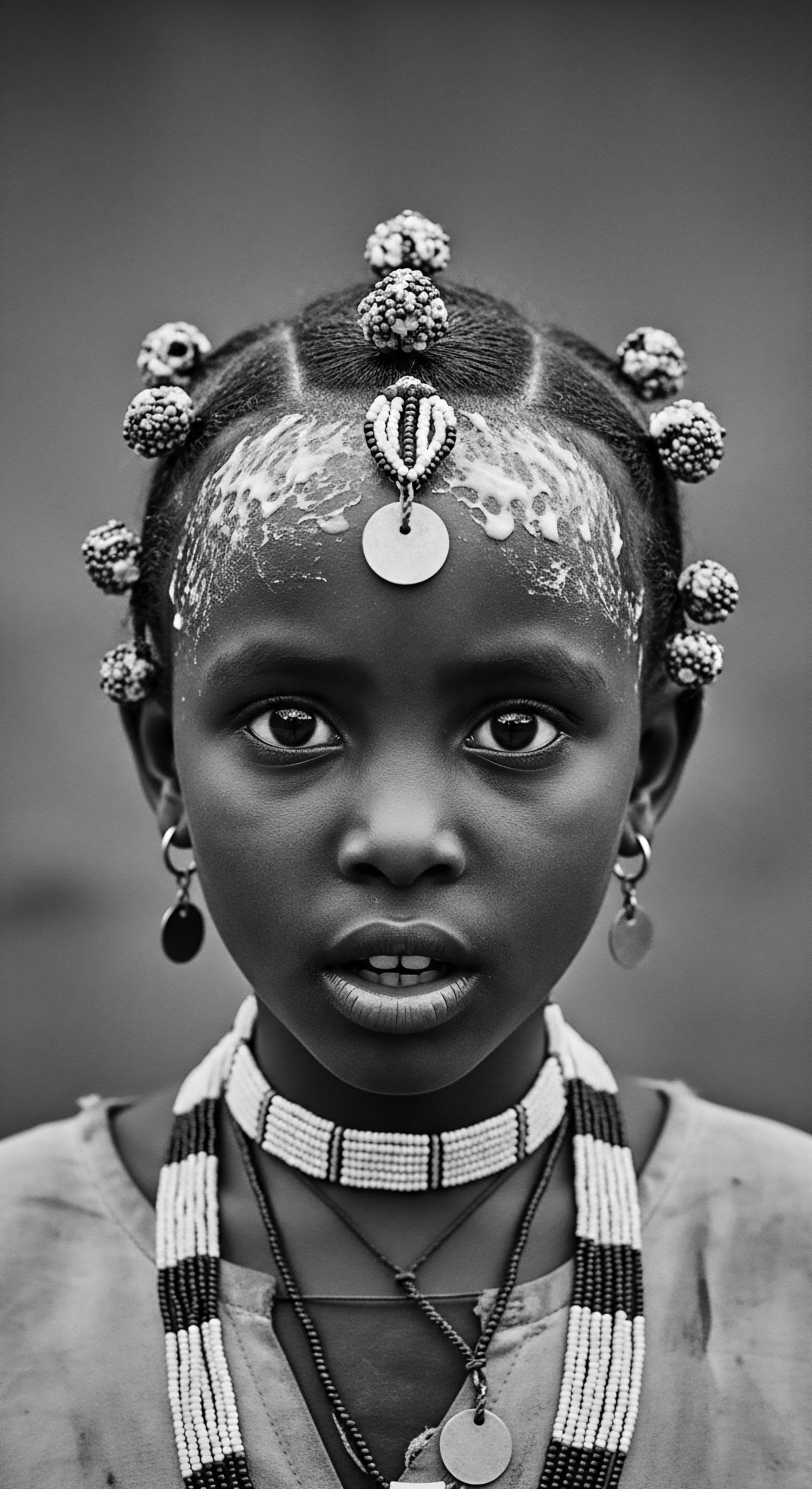
Can traditional remedies explain textured hair vitality?
Traditional remedies from heritage provide a profound, enduring understanding of textured hair's intrinsic vitality and unique needs.
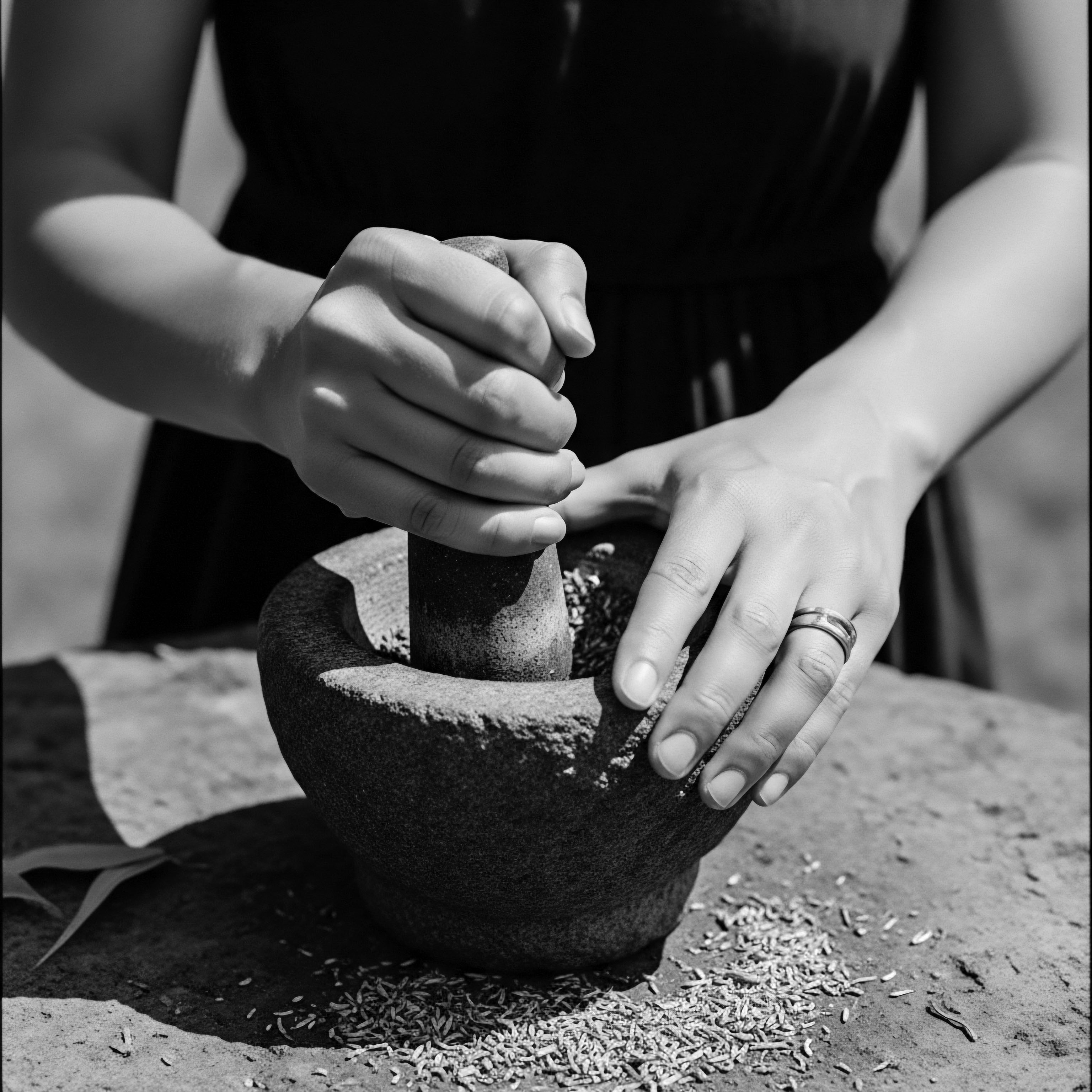
Why did textured hair care become a heritage practice?
Textured hair care became a heritage practice through ancestral wisdom, resilience against oppression, and a continuous assertion of cultural identity across generations.

What historical ingredients are still relevant in textured hair care?
Timeless plant-based oils, butters, and powders remain highly relevant for textured hair wellness, directly linking modern care to ancestral heritage.
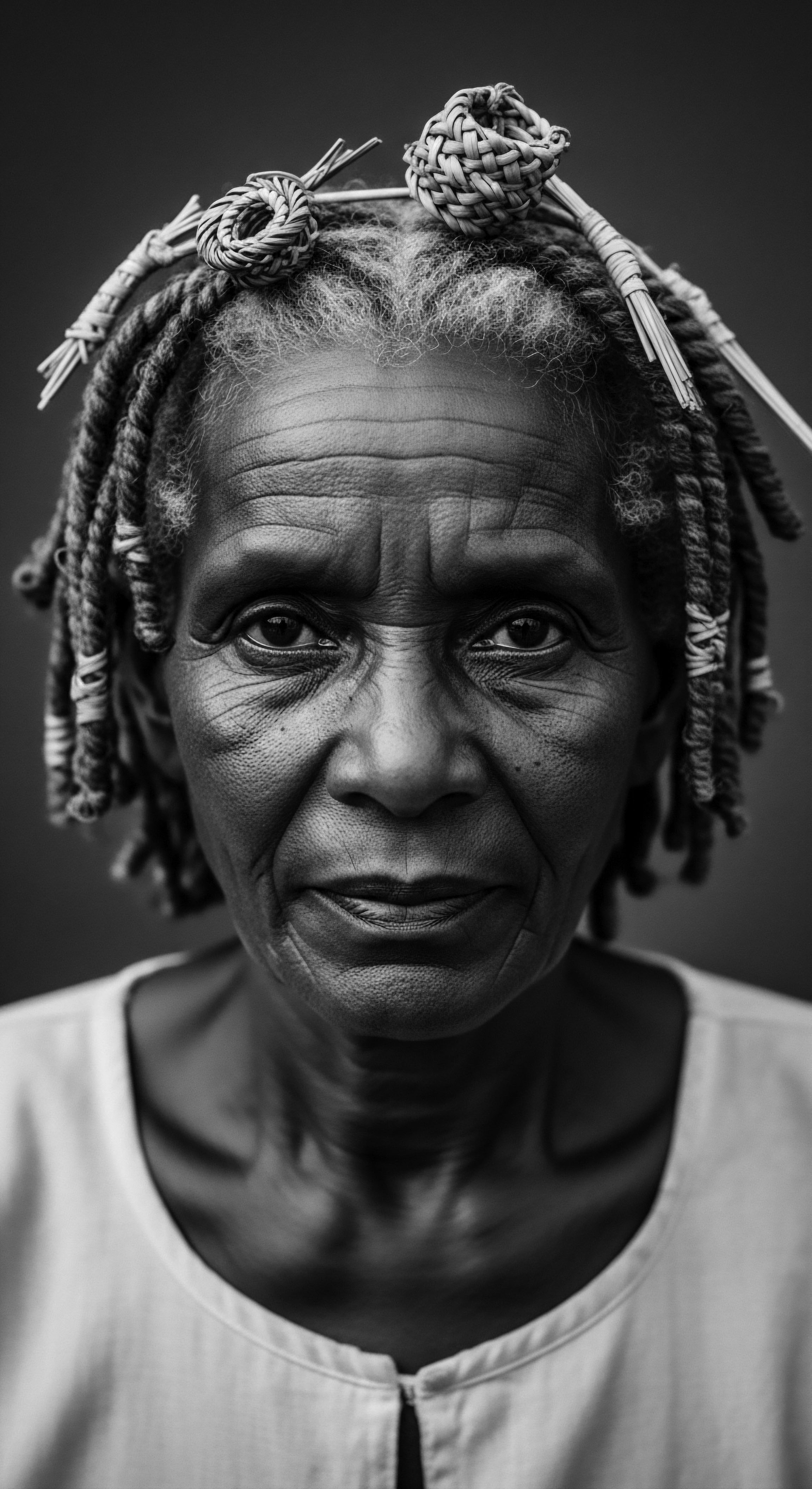
How did heritage impact hair care?
Textured hair heritage deeply guides care through ancestral wisdom, resilient practices, and cultural resistance, shaping modern approaches.

What ancient food practices still provide insights for strong textured hair today?
Ancient food practices provided essential nutrients that built hair strength and resilience, deeply connecting sustenance to textured hair heritage.
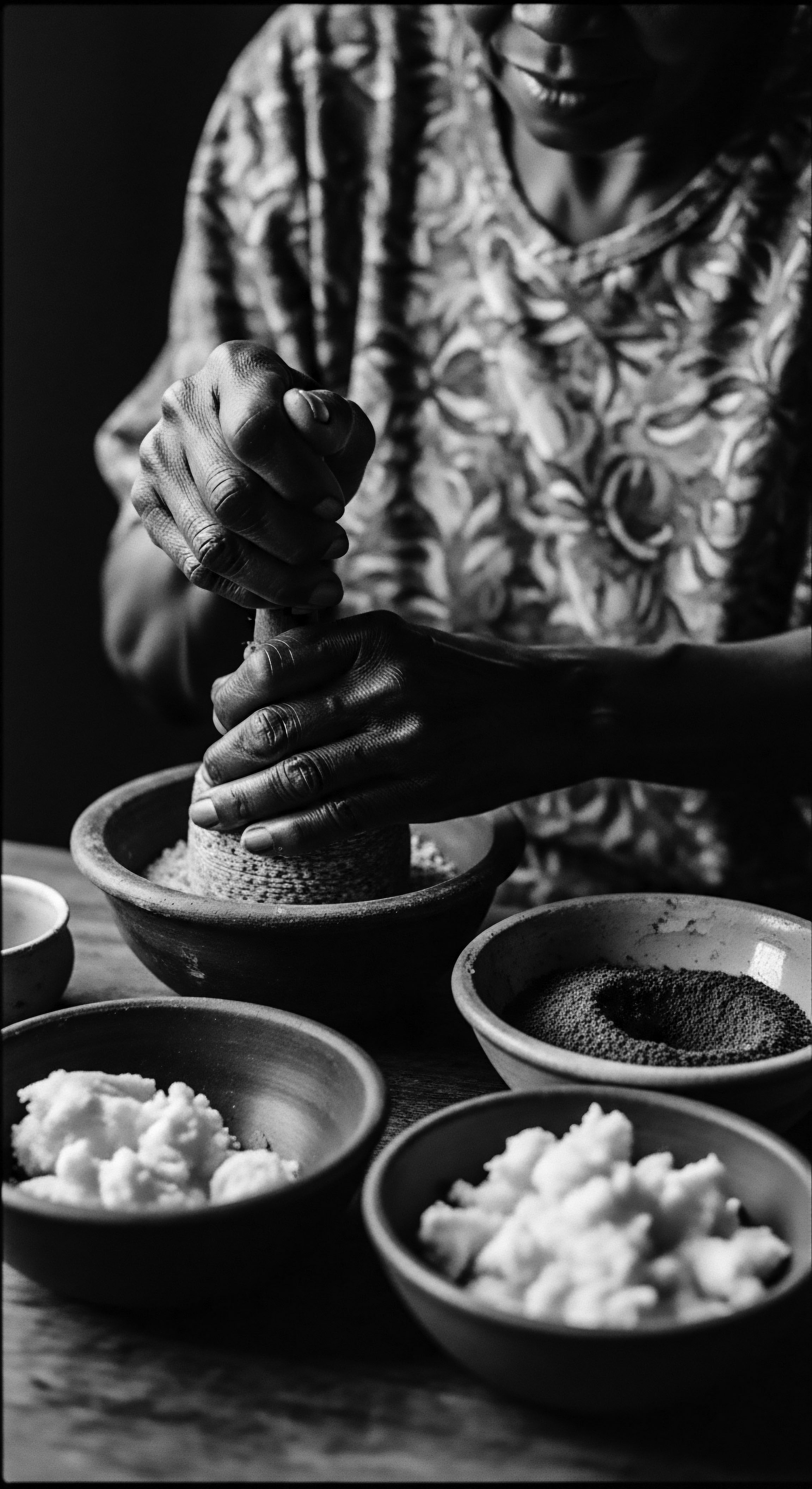
Can modern hair science validate ancient textured hair ingredient wisdom?
Yes, modern hair science validates ancient textured hair wisdom by revealing the biological basis of time-honored practices.

What historical role do oils play in textured hair?
Oils historically preserved textured hair and served as profound cultural conduits of heritage and identity.

Can Ghassoul clay improve scalp health for textured hair?
Ghassoul clay, a mineral-rich earth from Morocco, gently cleanses textured hair scalps, reflecting an ancestral North African heritage of natural care.
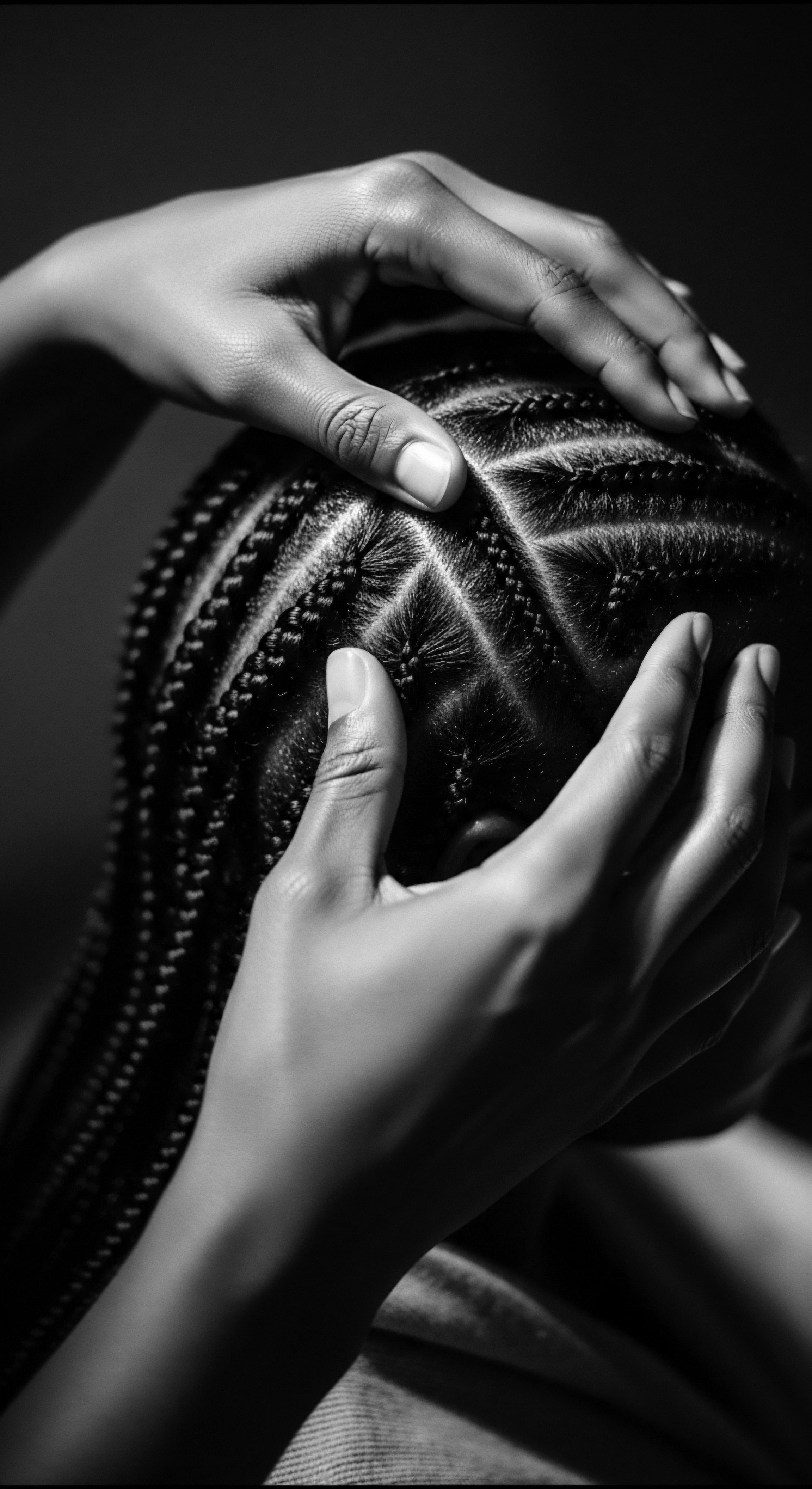
How can modern practices honor heritage hair care?
Modern practices honor textured hair heritage by recognizing ancestral wisdom, adapting traditional care, and valuing cultural significance.
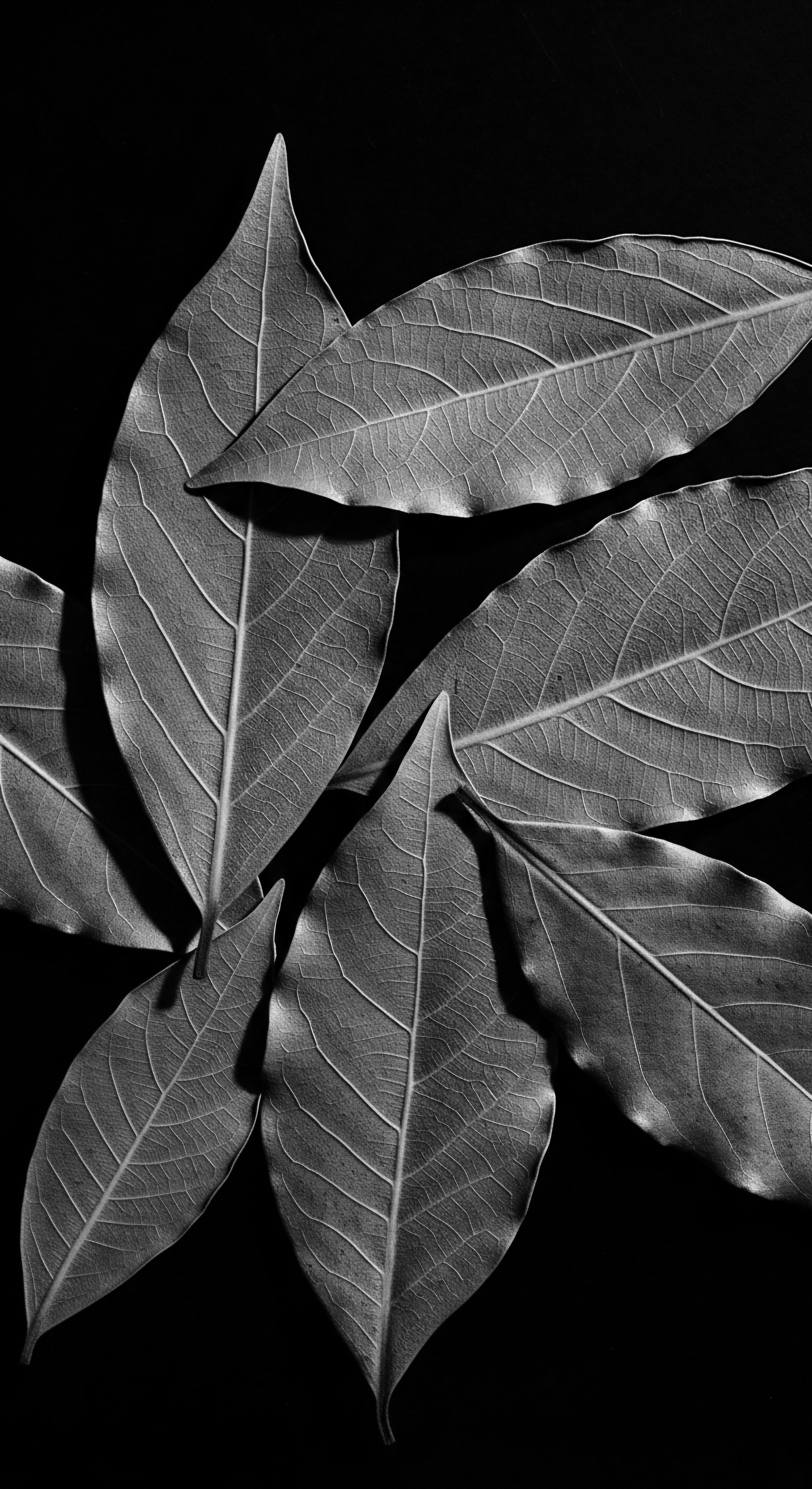
What heritage wisdom guides textured hair care with natural oils?
Ancestral wisdom guides textured hair care with natural oils, providing a rich lineage of historical practices for resilience.

What is the role of traditional plants in hair care heritage?
Traditional plants, rooted in ancestral wisdom, provide fundamental nourishment, protection, and cultural expression for textured hair heritage.
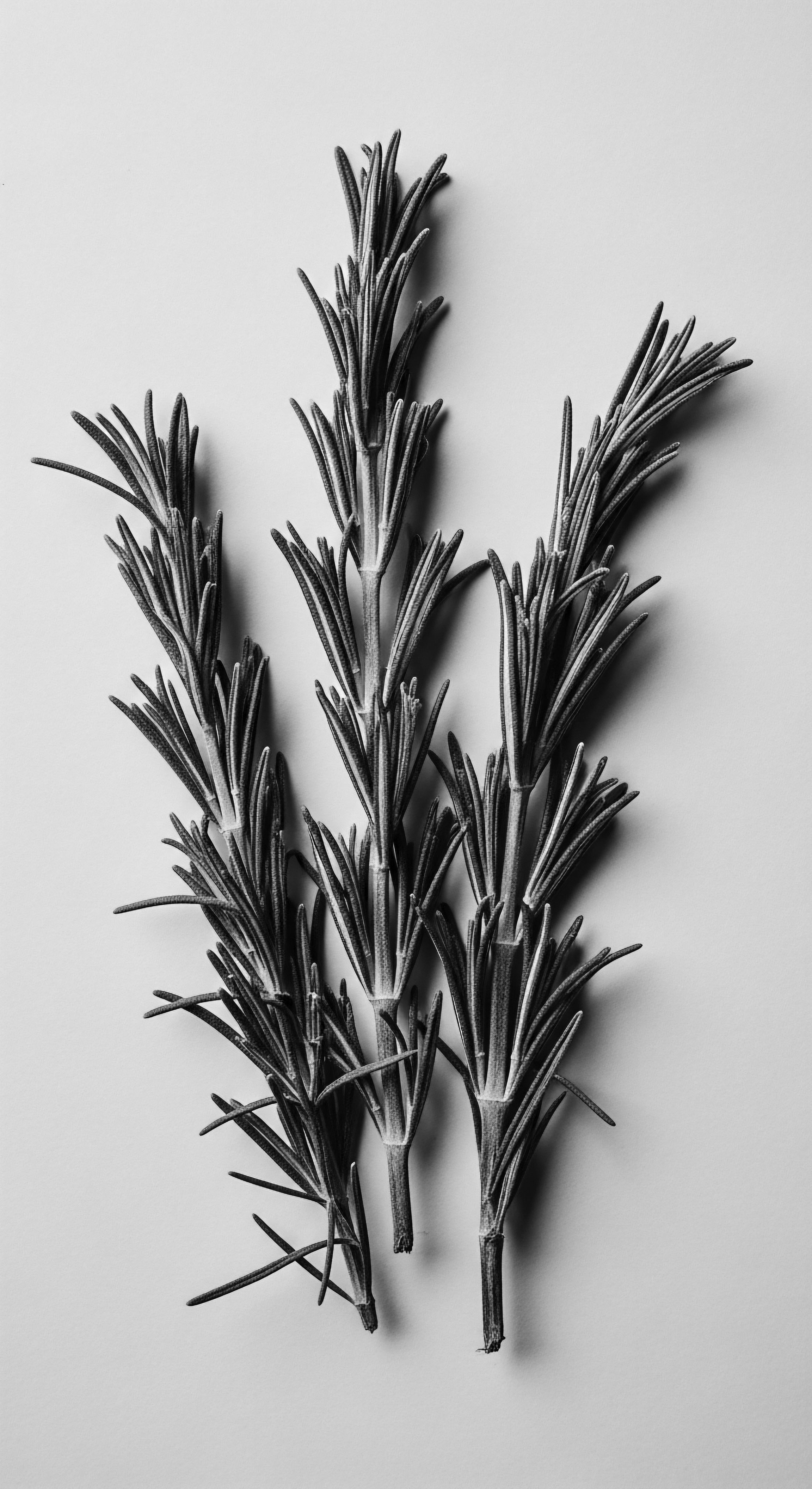
Do material choices for combs affect textured hair differently?
Comb material choices significantly alter textured hair health by affecting friction and static, with natural historical options often proving gentler.
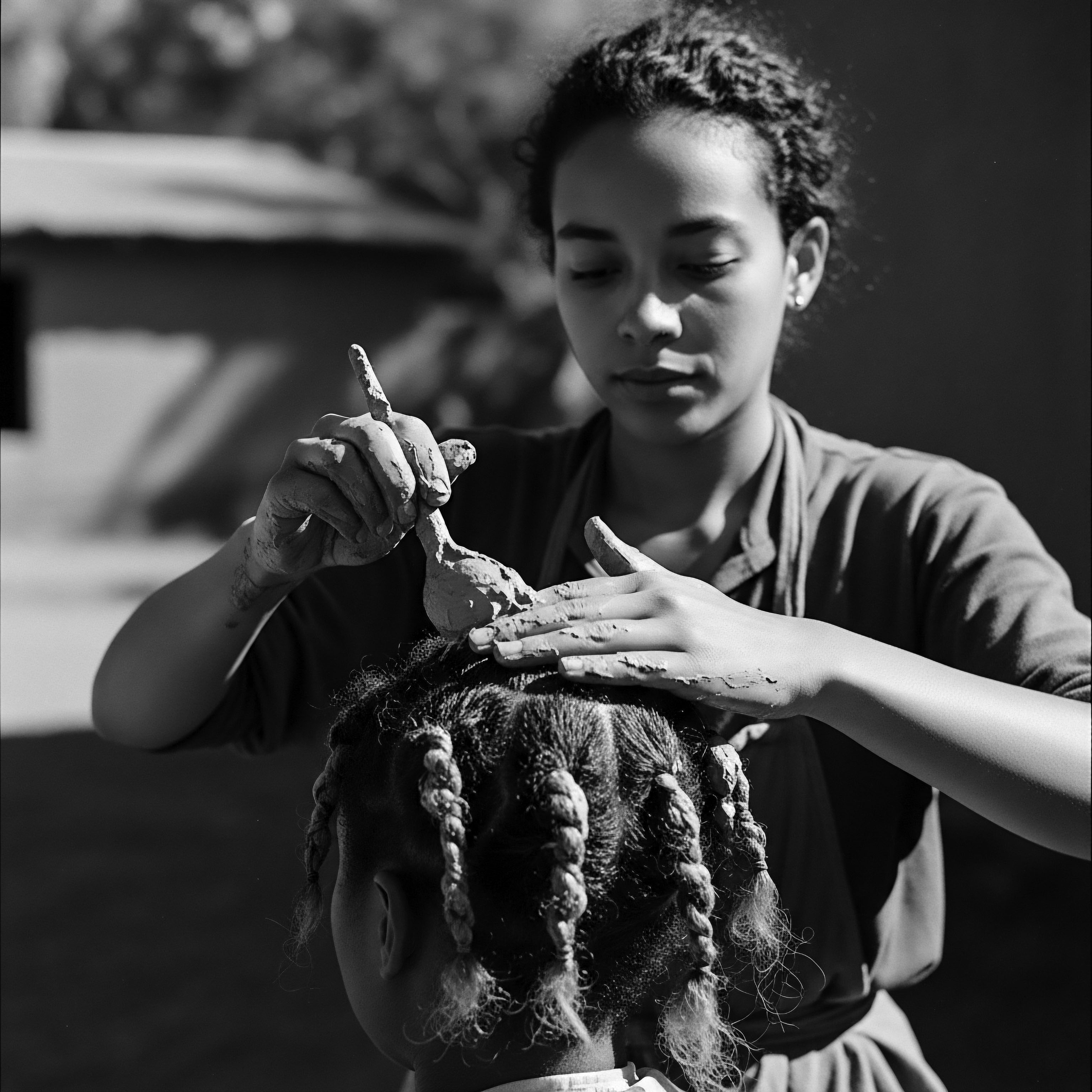
How can science validate traditional textured hair rituals of the diaspora?
Science affirms that ancestral textured hair rituals optimize hair health through methods rooted in deep historical heritage.
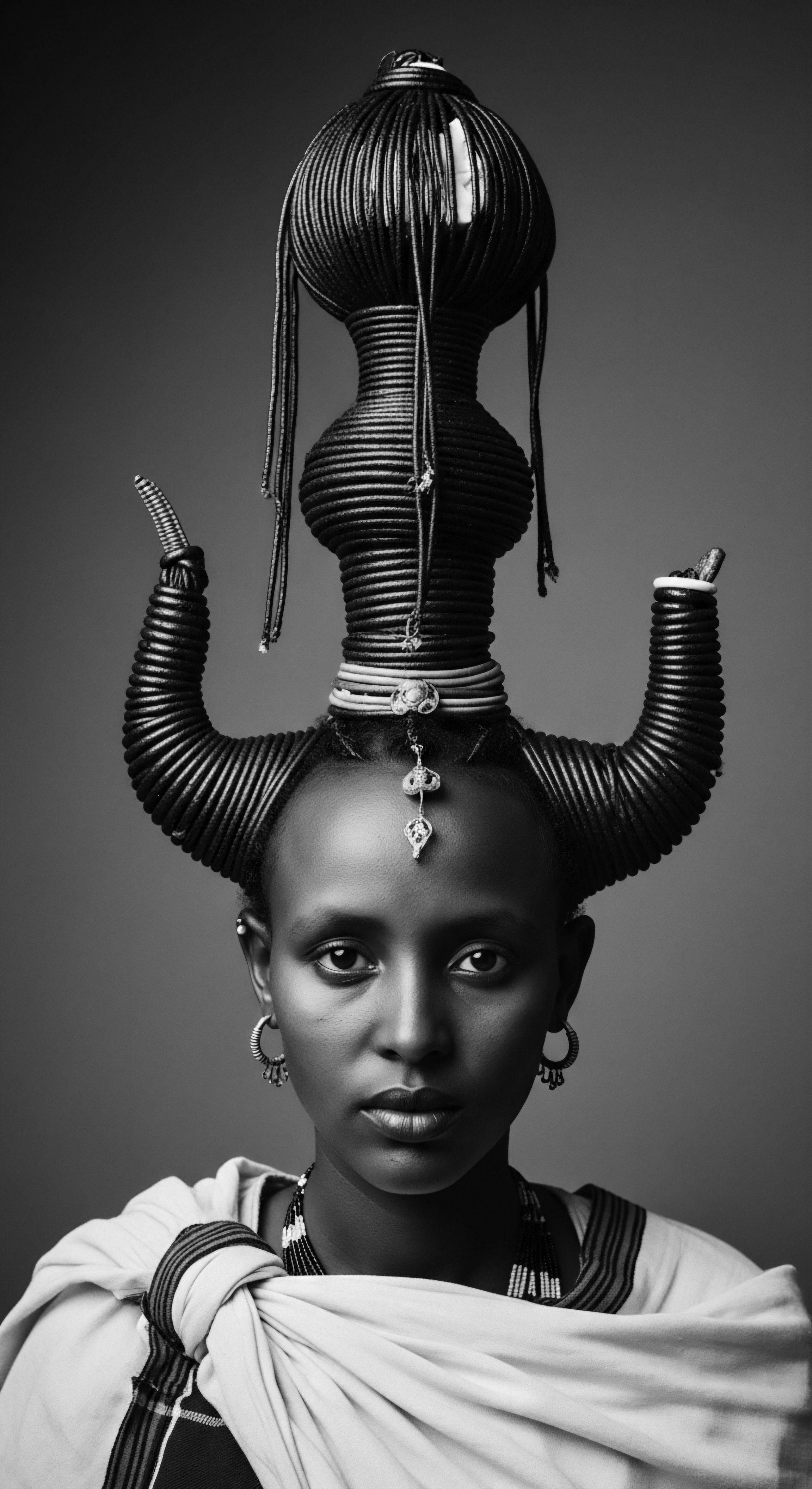
In what ways did ancient hair care rituals preserve cultural heritage?
Ancient hair rituals preserved cultural heritage by encoding identity, status, and communal narratives within textured hairstyles and care practices.

In what ways did oiling preserve the cultural meaning of textured hair through history?
Oiling protected textured hair physically and acted as a powerful cultural vessel, preserving ancestral care, identity, and community narratives across history.
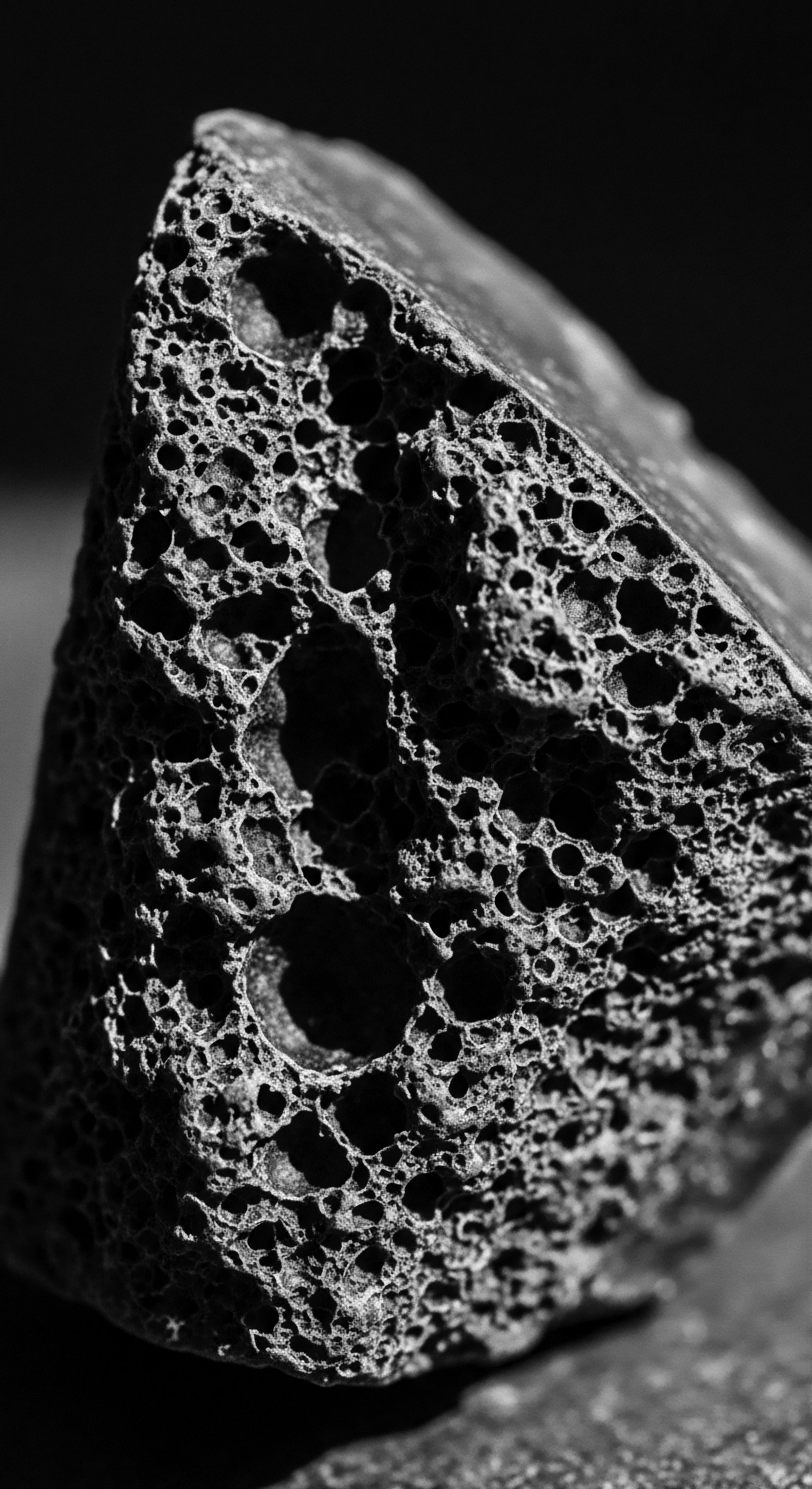
Can modern science validate the effectiveness of traditional hair moisture retention methods from heritage?
Modern science confirms heritage hair practices offer effective moisture retention for textured hair.
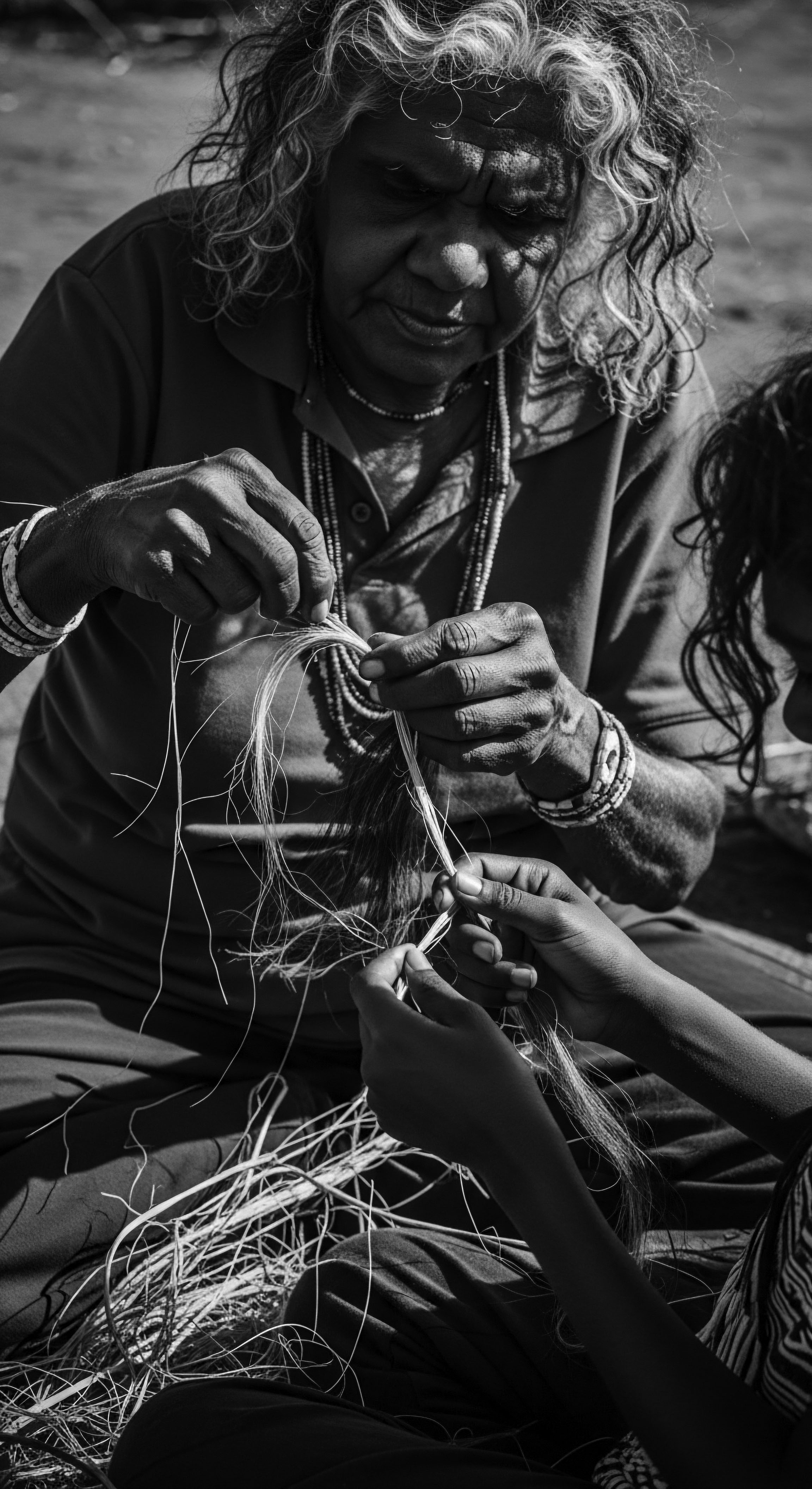
What traditional African plants cleanse and protect textured hair?
Traditional African plants like Chebe, Rhassoul clay, and shea butter cleanse and protect textured hair, embodying centuries of ancestral heritage and profound cultural wisdom.

What traditional ingredients provided health benefits for textured hair across ancestral cultures?
Ancestral cultures harnessed botanical elements like shea butter and castor oil to condition, protect, and nourish textured hair, reflecting a profound heritage of self-care.

